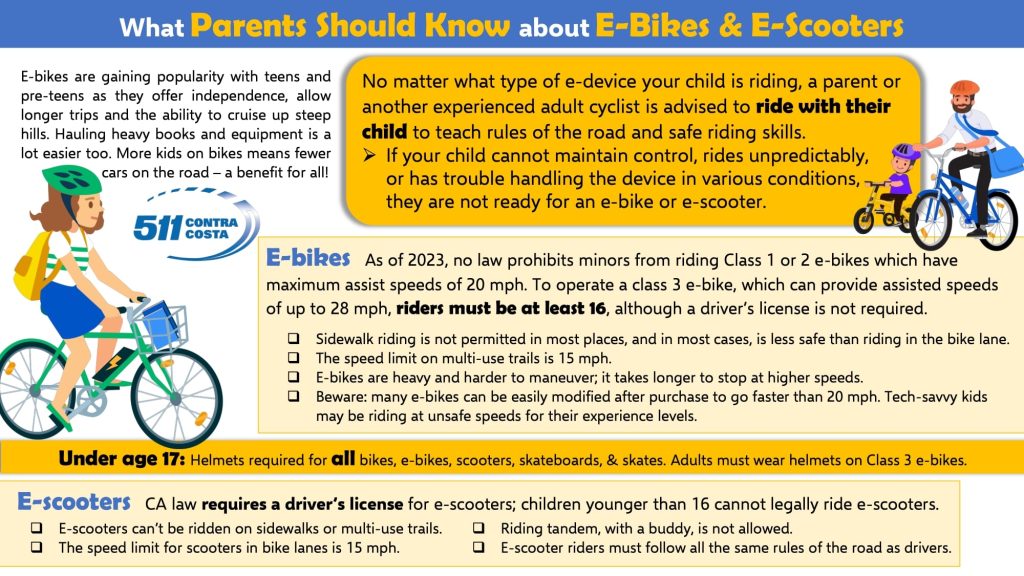

Title: Comprehending Licensing Obligations for Electric Bicycles
Introduction
With electric bicycles (e-bikes) increasingly embraced as an environmentally friendly and effective form of transportation, grasping the licensing obligations linked to them is vital for both existing and future cyclists. Licensing obligations for e-bikes can differ greatly based on the location, as individual nations and states have their specific laws. This article outlines the general licensing obligations for e-bikes, emphasizing important factors for cyclists.
Definition of Electric Bicycles
Before exploring licensing obligations, it is important to recognize what qualifies as an electric bicycle. Typically, e-bikes are bicycles that come equipped with an electric motor to aid in propulsion. They are usually divided into three categories according to their speed and motor capability:
1. Class 1: Only pedal-assist, with a maximum assisted pace of 20 mph (32 km/h).
2. Class 2: Throttle-assisted, with a top speed of 20 mph (32 km/h).
3. Class 3: Only pedal-assist, with a maximum assisted pace of 28 mph (45 km/h).
Licensing Obligations by Area
United States
In the United States, e-bike regulations are mainly established at the state level, resulting in a wide variety of obligations:
– Numerous states do not demand a license for operating Class 1 and Class 2 e-bikes, as they are frequently regarded as traditional bicycles.
– Class 3 e-bikes may encounter stricter rules, with some states necessitating a driver’s license or a specific e-bike license.
– Age limitations may be in place, with some states requiring that riders be at least 16 years old for particular e-bike classes.
– Generally, registration and insurance are not required for e-bikes; however, this can differ.
European Union
The European Union adopts a more uniform method regarding e-bike regulations:
– E-bikes with a motor output of up to 250 watts and a maximum speed of 25 km/h (15.5 mph) are categorized as bicycles and do not require a license.
– E-bikes surpassing these limits are classified as mopeds or motorcycles, requiring a license, registration, and insurance.
– Helmets are obligatory for faster e-bikes and those categorized as mopeds.
Canada
In Canada, e-bike regulations are also set at the provincial level:
– Most provinces conform to the EU standard, permitting e-bikes with a motor output of up to 500 watts and a maximum speed of 32 km/h (20 mph) to be ridden without a license.
– Riders must be at least 16 years old, and helmets are generally obligatory.
– E-bikes exceeding these specifications are subject to moped or motorcycle regulations, necessitating a license and registration.
Australia
Australia’s e-bike regulations are akin to those in the EU:
– E-bikes with a motor output of up to 250 watts and a top speed of 25 km/h (15.5 mph) are classified as bicycles and do not require a license.
– More powerful e-bikes are categorized as motor vehicles, requiring a license, registration, and insurance.
Conclusion
Licensing obligations for electric bicycles vary significantly across different regions, reflecting the varied approaches to regulating this expanding mode of transport. Cyclists should familiarize themselves with local legislation to ensure adherence and safety. As e-bike technology and acceptance continue to progress, regulations may also evolve, making it crucial for cyclists to remain updated on the latest changes in their area.






